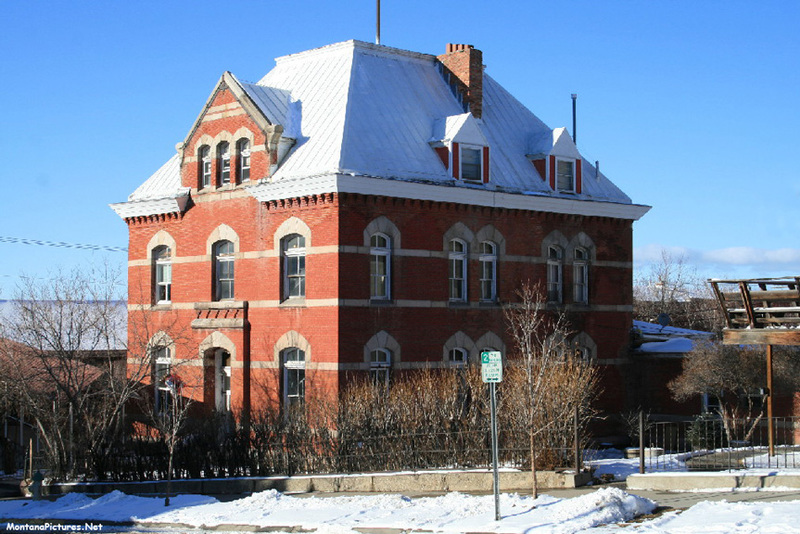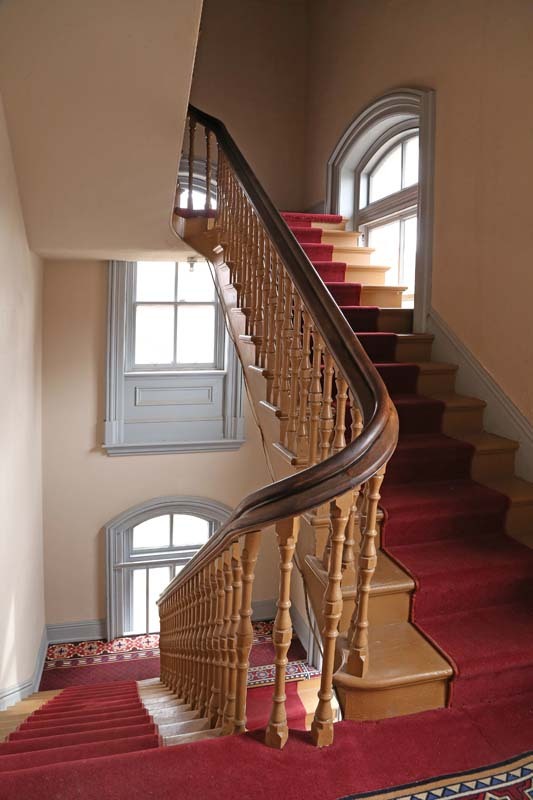
Much of the great wealth that once came from Montana soil was melted and weighed in this dignified building, constructed in 1875. U.S. Treasury Department architect A. B. Mullet drew the plans for the $75,000 building, which were modified by his successor, William Potter. The structure is of both national and regional significance as the first officially recorded federal building in Montana Territory. Establishment of the Helena office offered miners a much better method of conversion. During the 1860s, gold had to be taken or shipped at great expense and risk to the Philadelphia mint. Miners’ only other recourse was to have it converted at exorbitant fees by the local banker. This branch opened in 1876-77, joining the five other government assay offices then located in New York City, St. Louis, Charlotte (N.C.), Deadwood, and Boise. In 1899, the world’s largest gold bar, weighing 434 pounds, was cast here for Colonel Charles Broadwater. By 1900, the Helena office had melted $30,000,000 worth of gold into bars for Uncle Sam. The office remained open until a changing economy brought its closure in 1934.
Images


